I have a new guest for you, today! She’s written a tender, moving tale in verse that journeys a young girl through everyday details while living during a time of national crisis. The first words of this story made me pause and take notice. And the rest, poked me right in the heart to the end. The writing is beautiful and real, the story is important, and the growth of the main character is hopeful. I’m very excited to share The Places We Sleep with you and welcome Author Caroline DuBois to share her thoughts about the book.
Hi Caroline! It’s wonderful to have you visit our Mixed-Up Files family. Let’s share your beautiful cover and story with readers first.

THE PLACES WE SLEEP
by Caroline DuBois
A family divided, a country going to war, and a girl desperate to feel at home converge in this stunning novel in verse.
It’s early September 2001, and twelve-year-old Abbey is the new kid at school. Again.
I worry about people speaking to me / and worry just the same / when they don’t.
Tennessee is her family’s latest stop in a series of moves due to her dad’s work in the Army, but this one might be different. Her school is far from Base, and for the first time, Abbey has found a real friend: loyal, courageous, athletic Camille.
And then it’s September 11. The country is under attack, and Abbey’s “home” looks like it might fall apart. America has changed overnight.
How are we supposed / to keep this up / with the world / crumbling / around us?
Abbey’s body changes, too, while her classmates argue and her family falters. Like everyone around her, she tries to make sense of her own experience as a part of the country’s collective pain. With her mother grieving and her father prepping for active duty, Abbey must learn to cope on her own.
Written in gorgeous narrative verse, Abbey’s coming-of-age story accessibly portrays the military family experience during a tumultuous period in our history. At once personal and universal, it’s a perfect read for fans of sensitive, tender-hearted books like The Thing About Jellyfish.
If you would, share with our readers one book from your childhood that has stayed with you, and how can children’s authors in today’s unsettled world achieve this same unforgettable feel?
Mary Norton’s The Borrowers sparked my imagination as a child. My librarian mom introduced it to me. Norton’s world-building of tiny people living in the walls and borrowing from the people with whom they lived was pure escape for me from the big complicated world.
Children’s authors in today’s uncertain world can achieve this same unforgettable feel by either delivering children to a rich land of imagination, or by providing children a story in which they can see themselves. Then they can envision and dream of ways they can be and all the things they can achieve.
What made you decide to write “The Places We Sleep” in verse?
Abbey’s story came to me naturally in poetry, perhaps as a lyrical way to process 9/11 and my brothers’ deployment, but also likely because I’d recently completed my MFA in poetry. It began as more of a character sketch through poems and eventually turned into a story. I wanted to write about how world events have rippling effects on individuals and familial relationships in unexpected ways. The snapshots or scenes that poems allow you to write provided me with the perfect medium.
Your description of poems being scenes is fascinating and also beautiful. It definitely worked. How much of the novel is inspired by your own experience growing up in the South in a military family?
Although I did not grow up in a military family, both of my grandfathers served in the military, as well as both of my brothers, my brother-in-law, and my sister-in-law. Abbey’s story is about being a military child, but it’s also about many other things—identity, loss and grief, creating art in the face of tragedy, tolerance and acceptance, and friendship. It’s about how world events can touch individuals in large and small ways.
That they do. ♥ This couldn’t have been an easy story to write. What was the most difficult part?
I faced two specific challenges in writing this story. One was creating full, round characters through poems. And the other was making decisions about how to approach a national tragedy age-appropriately and sensitively. Having a great editor at Holiday House and a sensitivity reader helped with both.
Why do you think this story is important for the middle-grade audience?
Middle grade students I’ve taught often have had only a fuzzy understanding of the events of 9/11, and the nonfiction texts they’ve typically enjoyed the most in my classroom were almost always couched in a narrative story. I hope Abbey’s story will spark curiosity in young readers about 9/11 and the monumental lessons we learned and are still learning from that tragedy. I hope the book will leave readers with a memorable story about a girl who may not be all that different from themselves. Furthermore, I hope student readers are gently nudged to learn the names of others with whom they share classes and hallways and to act with kindness and dignity to those they may not know or understand. Maybe it will even inspire some young reader to choose to deal with life’s challenges through art or poetry or other forms of creativity.
Inspiring young readers to engage in conversation about the events of 9/11 is a wonderful.
How much research did you do for the story?
I lived through 9/11 and began writing and reading about it immediately thereafter. Additionally, I’ve had various family members in the military as well as taught students who experienced and still experience islamophobia. I conducted research as I was writing the story, as well as mined the living resources around me to create as authentic a portrayal of the historical backdrop to the story as I could.
What can young readers expect from your main character Abbey?
I hope that young readers can see themselves in Abbey as she navigates challenging world events along with the struggles of middle school and adolescence. Currently, teens and children are facing their own difficult world events. I hope readers see how Abbey perseveres and strives to be a good friend, to be kind, and to express empathy and tolerance to others.
All extremely important traits, especially in today’s world. Do you have any advice for librarians and teachers on how to encourage middle schoolers to give in verse books a try?
Books in verse make great shared read-aloud opportunities. You’re never too old to be read to or to enjoy reading aloud to someone else. Another way to inspire and hook a child on the joy of reading is by giving a book talk. Where an educator may not have time to read an entire chapter, there’s always time for a poem or two. And once one student starts reading it, the likelihood is that his or her friends will pick it up too. Books in verse create more white space between scenes as well as playful or dramatic visual messages with syntax, punctuation, and form, which can motivate adolescent readers.
Circling back to my first question, what do you hope stays with your readers after they read this story?
Perhaps The Places We Sleep will spark curiosity in young readers about 9/11 and the monumental lessons we learned and are still learning from that tragedy. I hope student readers are gently nudged to learn the names of others with whom they share classes and hallways and to act with kindness and dignity to those they may not know or understand. Maybe it will inspire some young reader to choose to deal with life’s challenges through art or poetry or other forms of creativity.
Here’s a little bit more about Caroline:
Caroline Brooks DuBois found her poetic voice in the halls of the English Department at Converse College and the University of Bucknell’s Seminar for Young Poets. She received a Master of Fine Arts degree in poetry at the University of Massachusetts, Amherst, under the scholarship of Pulitzer Prize winning poet James Tate, among other greats in the poetry world.
DuBois’s writing infuses poetry and prose and has been published by outlets as varied as Highlights High Five, Southern Poetry Review, and The Journal of the American Medical Association and has been twice honored by the Society of Children’s Book Writers and Illustrators. Her debut middle-grade novel-in-verse, The Places We Sleep, is published by Holiday House and to be released August 2020.
DuBois has taught poetry workshops, writing classes, and English at the middle school, high school, and college levels. In May 2016, she was recognized as a Nashville Blue Ribbon Teacher for her dedication to her students and excellence in teaching adolescents.
DuBois currently lives in Nashville, Tennessee, where she works as an English instructional coach and sometimes co-writes songs for fun with her singer-songwriter husband. She has two teenage children and a dog, Lilli, and she enjoys coaching soccer and generally being outside.
Thank you for sharing some of your writing journey with us, Caroline! All the best with The Places We Sleep.
Like this:
Like Loading...
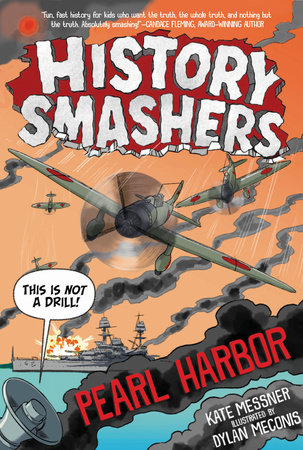
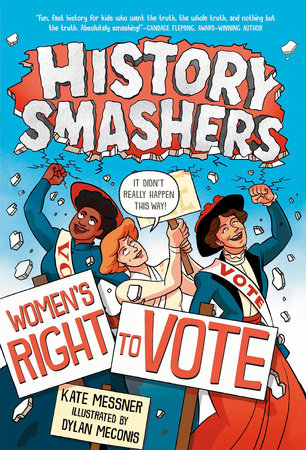
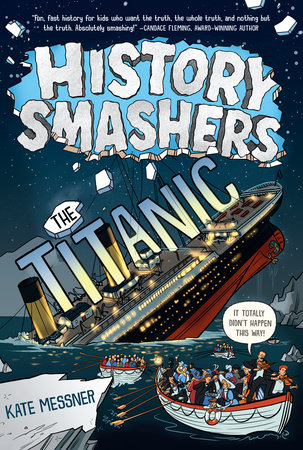
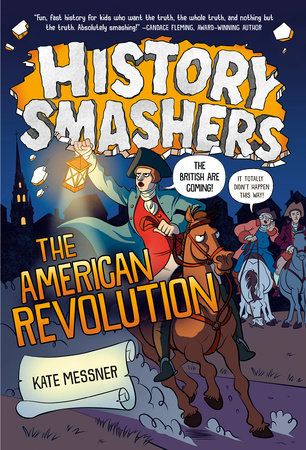
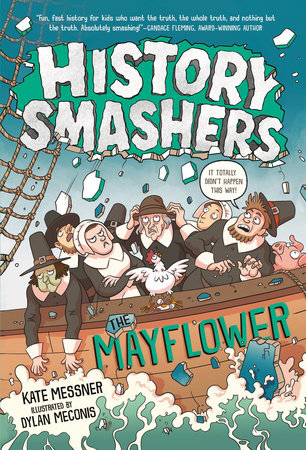



 Georgia McBride is founder and editor of Georgia McBride Media Group, which is home to Month9Books, Swoon Romance, and Tantrum Books. She has used her experience launching brands in the music business, licensing music to film and TV, launching new technology products, and marketing and product development to build the Georgia McBride Media Group brand. Georgia is one of Publishers Marketplace’s most prolific editors. She’s completed over 225 publishing, audiobook, and film/TV deals on behalf of three imprints since 2012. Georgia founded the #YAlitchat hashtag and weekly chat on Twitter in 2009.
Georgia McBride is founder and editor of Georgia McBride Media Group, which is home to Month9Books, Swoon Romance, and Tantrum Books. She has used her experience launching brands in the music business, licensing music to film and TV, launching new technology products, and marketing and product development to build the Georgia McBride Media Group brand. Georgia is one of Publishers Marketplace’s most prolific editors. She’s completed over 225 publishing, audiobook, and film/TV deals on behalf of three imprints since 2012. Georgia founded the #YAlitchat hashtag and weekly chat on Twitter in 2009. On the other hand, Kristin’s
On the other hand, Kristin’s  For Kristin’s The Wicked Tree, we looked at the logic and reasoning behind the mystery and why characters did and said what they did – or why not. Mysteries can always be solved, and therefore, they have to follow basic and consistent logic, even with twists and even if it isn’t something a reader would personally do, think, or say.
For Kristin’s The Wicked Tree, we looked at the logic and reasoning behind the mystery and why characters did and said what they did – or why not. Mysteries can always be solved, and therefore, they have to follow basic and consistent logic, even with twists and even if it isn’t something a reader would personally do, think, or say.